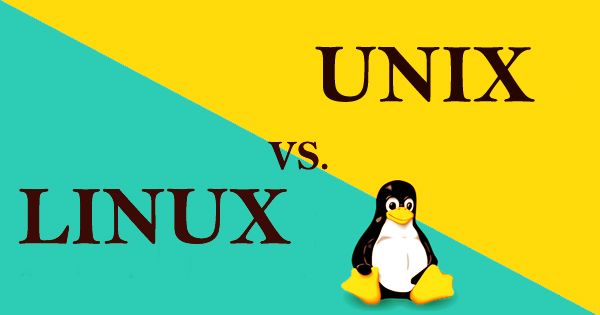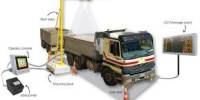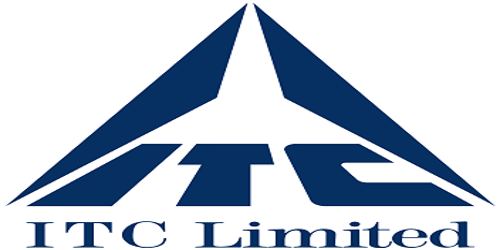Linux is an open-source project that a loose community of enthusiasts has generated all over the world. Unix is much older than Linux, and before Linux ever came along, it was there. Linux is an operating system developed in 1991 by Linus Torvalds. The word “Linux” originates from the kernel of Linux. Unix is an AT&T-developed, lightweight, multi-tasking, multi-user operating system. Under the initiative of Ken Thompson of Bell Labs, it began as a one-man company.
For computer hardware and software, game creation, mainframes, and so on, Linux is used. It can run different services for clients. In web servers, workstations, and PCs, Unix is used. There are several business applications available. The main difference between the two is that UNIX is a complete operating system, while Linux is only a kernel of several free operating systems, such as Arch Linux, Fedora, GNU Sense, Linux Mint, Red Hat, Ubuntu, and so on.
Two big Unix flavors have now been added, the AT&T stream and the BSD stream. All other Unix variants are descendants of these, such as AIX, HP-UX, and Oracle Solaris. Some of AT&T’s restrictions were released in 1984, and they were able to manufacture and sell Unix. Linux isn’t exactly a Unix clone; it would be Unix if Linux was a Unix clone. Oh, it’s not; it’s Unix-like. Linux was created to have the look and feel of Unix and to meet the same requirements. It’s less of a clone, more of a replicant.
Following are the important differences between Linux and Unix:
Linux:
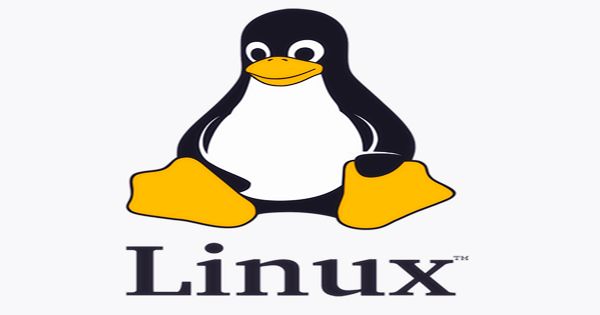
- Open Source is Linux, and a large number of programmers work online together and contribute to its development.
- In 1991, Linux was developed by Linus Torvalds as a private project to write a 32-bit operating system kernel for his 16-bit Minix 80386 based PC.
- Linux’s source code is freely accessible to its users.
- Supported file systems of Linux: Ext2, Ext3, Ext4, Jfs, ReiserFS, Xfs, Btrfs, FAT, FAT32, NTFS.
- Linux uses KDE and Gnome; LXDE, Xfce, Unity, Mate are other supported GUIs (Graphical User Interface).
- Linux is the result of a distributed collective project carried out by unpaid volunteers, Canonical and Red Hat associations, and individuals funded by the industry.
- Recognition and resolution of threats is very fast since Linux is largely community-driven. So, if any kind of threat is posted by any Linux client, a team of trained developers will start working to solve this threat.
- Linux is used in wide varieties from desktop, servers, smartphones to mainframes.
- For Intel’s x86 hardware processors, Linux was initially developed. It now serves 20 + families of processors.
- Ubuntu, Linux Mint, RedHot, Solaries, etc, are various versions of Linux.
- Linux has about 60-100 viruses listed till date.
Unix:
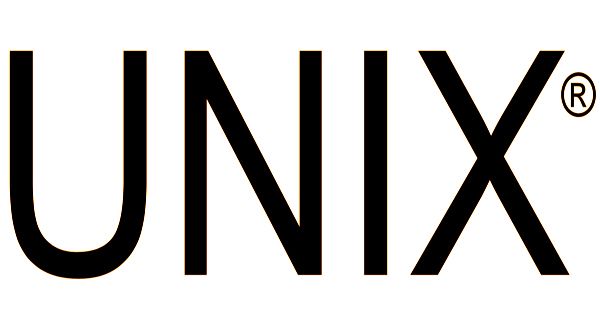
- AT&T Laboratories, various commercial vendors, and non-profit organizations produced Unix.
- Unix was developed in 1970 by Ken Thompson and the Bell Labs team to address several problems with Multics, a GE-645 mainframe multi-user operating system.
- The Unix source code is not open to the general public for free.
- Supported file systems of Unix: fs, gpfs, hfs, hfs+, ufs, xfs, zfs.
- Unix was originally a command-based OS (Operating System); Gnome is now the majority of Unix distributions.
- As a single cohesive entity, each commercial Unix is built using in-house or tightly managed outsourced production facilities.
- To get the best possible bug fixing patch, Unix clients need longer hold-up time.
- Unix is mostly used on servers, workstations, or PCs.
- CUnix supports PA-RISC and Itanium family.
- Different versions of Unix are AIS, HP-UX, BSD, Iris, etc.
- Unix has about 85-120 viruses listed till date (rough estimate).
There are a number of parallels between Linux and Unix, such as the shell, GUI (Graphic User Interface) such as KDE or Gnome, and both can use many of the same programs, such as Open Office, as well as programming tools (Perl, Python, C++ compilers). Linux was influenced by Unix, but Linux is not Unix, even though it’s certainly Unix-like. Using one of the many Linux flavors is almost the same as using Unix for most home users with desktops and laptops, but a lot less costly. Linux is also used by many small and medium networks since it has the same power and tools that Unix has.
Information Sources:
